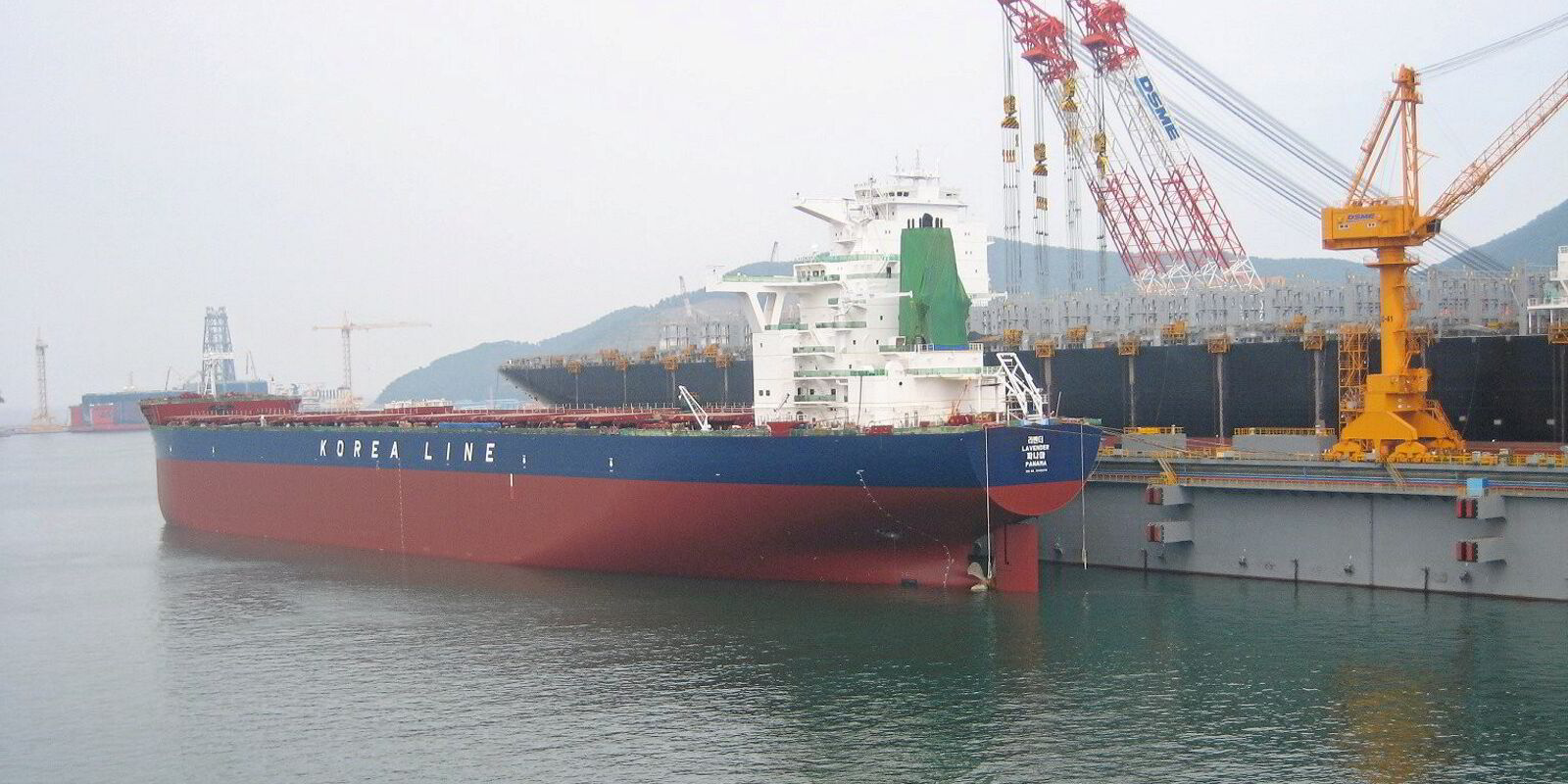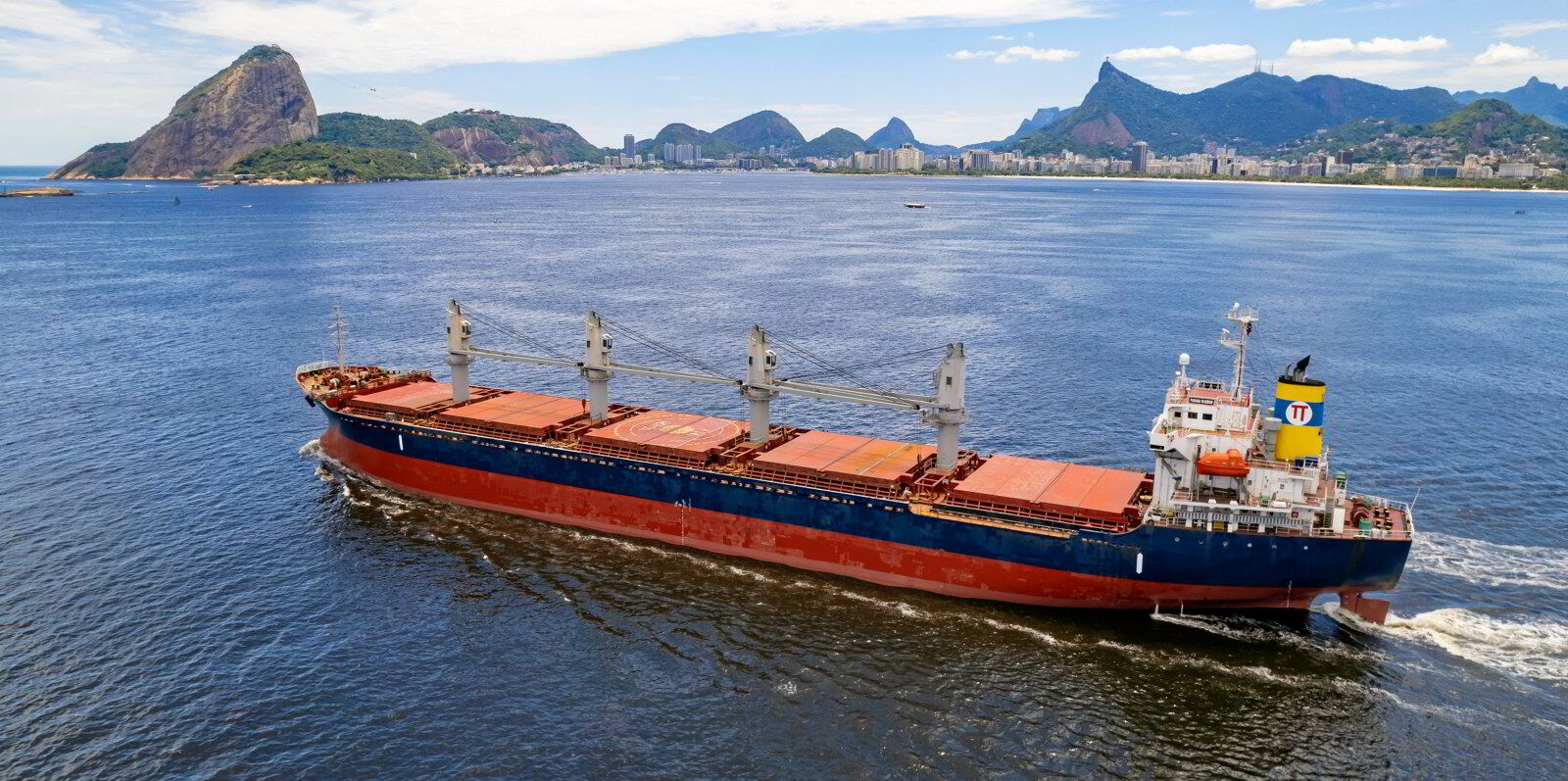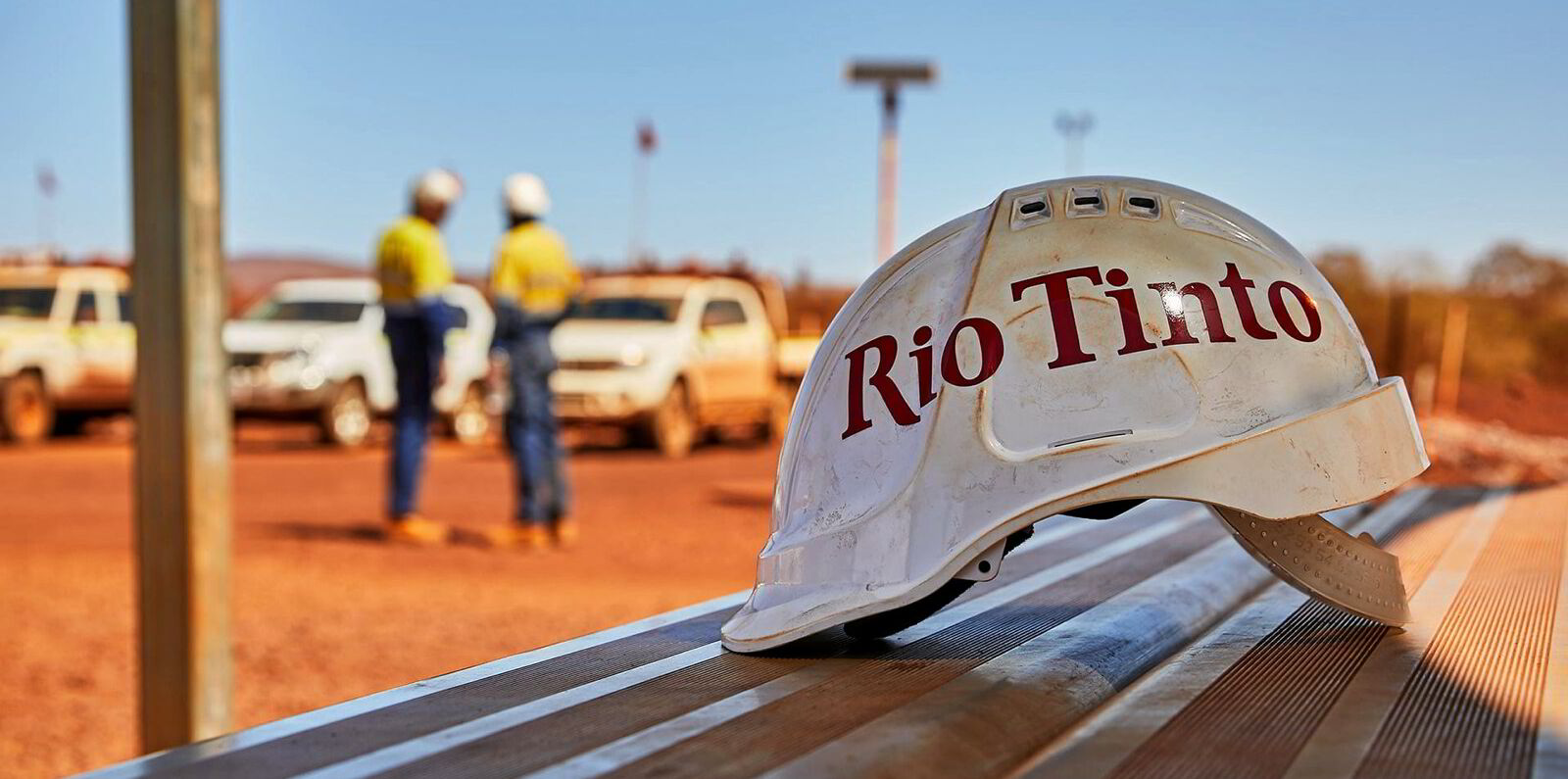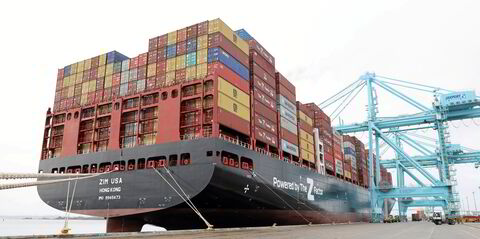Capesize bulker values are beginning to show signs of being affected by declines already experienced in smaller asset classes.
A reported en-bloc deal involving two capesizes built around 2010 is indicative of what could be a change in the market, brokers say.
Korea Line Corp is said to be offloading a pair of 15-year-old vessels to China’s Jiangsu Steamship at a price that appears to be below current levels.
According to brokers in London, Greece and the US, Korea Line has committed the 180,800-dwt K Daphne (built 2009) and the 179,900-dwt Lavender (built 2010) to Jiangsu Steamship in an en-bloc deal for between $52m and $52.8m.
That is below what current reference prices for 15-year-old capesizes would suggest.
Clarksons estimates that such ships are worth $28.5m on average, while Athens-based Seaborne Shipbrokers calculates their value at $27m.
Some brokers have seen evidence of price declines in other deals as well.
According to brokers at Athens-based WeberSeas, the 174,800-dwt Spring Bright (built 2010), owned by Shunzan Kaiun, is under discussion for about $29m — 5% below what a similar, Japanese-built vessel sold for in July.
Earlier in October, the Chinese-built, 180,200-dwt SG Express (built 2009) reportedly changed hands in an all-Chinese deal for $26m or $27m.
Vessels in that age group are the only capesizes to have shown cracks in their pricing, with Clarksons’ reference prices dropping from $29m in September.
Seaborne shows prices dropped by 5.6% between August and September.
It is remarkable that 20-year-old capesizes have become more expensive, according to Clarksons, which has their reference price climbing between August and October from $16m to $18m.
It remains a consolation for owners of 15-year-old capesizes that the prices of their ships have declined only modestly — especially compared with smaller bulker types that have seen much steeper value losses in recent weeks and months.
Neither Korea Line nor Jiangsu Steamship responded to a request for comment on the reported en-bloc deal for the Lavender and the K Daphne.
Both vessels have been trading with Korea Line since their delivery as newbuildings and have no known history of incidents.
Special circumstances?
One factor that might explain the low price is that the K Daphne is set to pass a special survey by December 2024 and the Lavender by August 2025.
Also, neither of the two ships comes equipped with a scrubber.
The K Daphne is employed with Posco International — the trading arm of South Korean steel giant Posco.
The Lavender is the only bulker that Korea Line currently employs with Hyundai Glovis.
As for Jiangsu Steamship, the purported buyer of the two ships, it is known to be adding big bulker tonnage lately.
Its fleet of 16 bulk carriers includes two acquisitions made earlier this year: the 174,800-dwt Haiti (renamed Xin Hong, built 2004) and the 206,300-dwt Classic Aro (renamed Xin Hang, built 2008).
Jiangsu Steamship describes itself on its website as registered in Hong Kong in March 2010 and as an “integrated outward-looking shipping enterprise held by Jiangsu Huaxi Group”.
The company is mainly engaged in business related to ocean cargo transport but also undertakes reefer cargo transport and the operation of port tugs.






